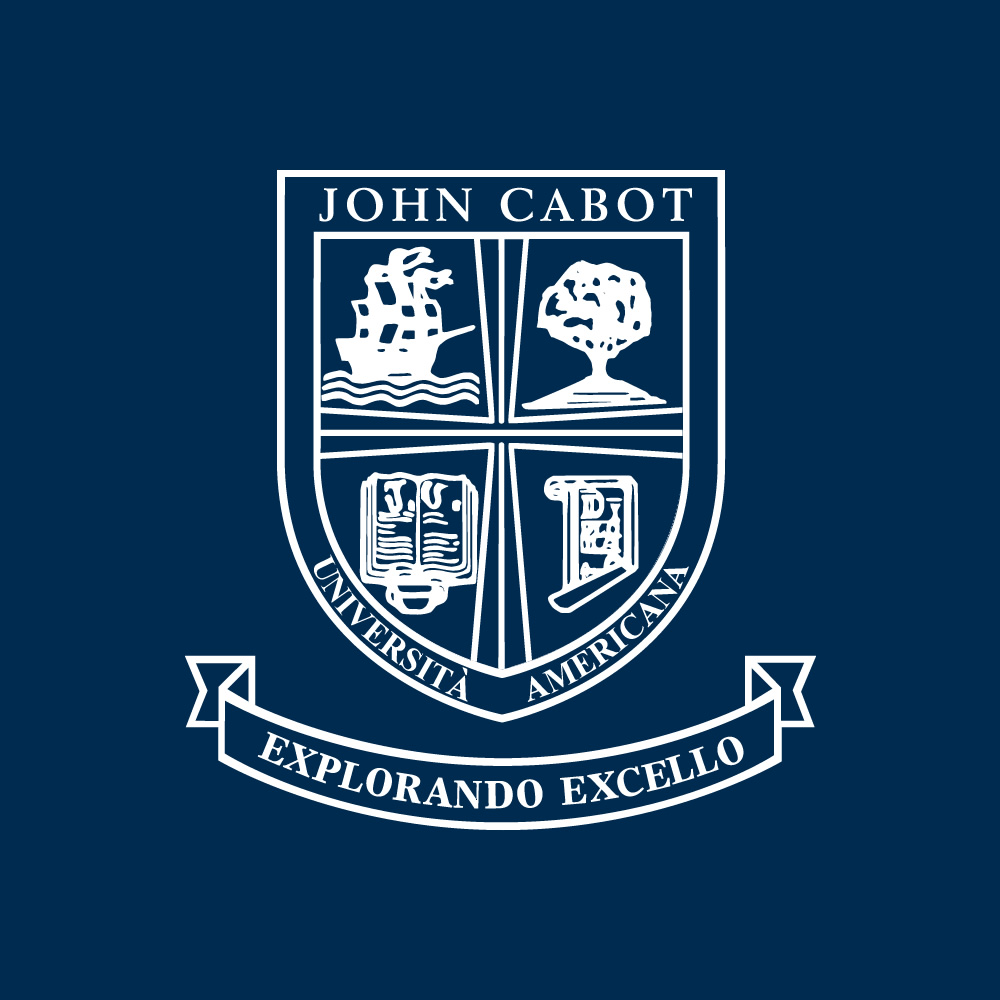

The world of market research is rich with fascinating stories. Quite often, these are narratives about how we interact with the many products and services available to us on the market - why we prioritize some over others, and how consumer trends evolve.
For students attending a liberal arts college, conducting market research will seem like second nature. The skills you develop interpreting great works of art, politics, and pivotal historical movements can be directly applied to an in-depth examination of our current society - and what makes us tick as consumers. And of course, if you’re pursing a degree in Business Administration or Marketing, research into market and buying trends will be an integral part of your education and future career. Get a sneak peek at the steps you’ll follow when conducting an official market research project:
Laying Out an Objective
All market research begins much like a science experiment. Your “test” will set out to prove or disprove your hypothesis about the subject you’re investigating. Because researchers are often working for specific firms, the hypothesis could be as simple as “Consumers enjoy Brand X of soft drink more than they do Brand Y.” Your objective would be to prove or disprove this hypothesis in a strategic and systematic way. If you choose to study at an American college in Rome, chances are you love travelling - and one day you may secure a position at a business that specializes in tourism and hospitality. In this role, your research projects would probably focus on which industry trends most influence vacationers, and use the results to better promote your company’s products and services.
Form a Sampling Plan
Let’s take advantage of that example of analyzing traveling habits while you study in Italy. Say the firm you represent manufactures a certain brand of luggage. They have a new suitcase and are curious to know how it will play in the travel market. Since it is impossible to talk to every potential consumer, your task would be to gather and survey an appropriate sampling of people who would serve as a representation of your target audience.
Putting an Instrument to Use
Once you have put together your “focus group,” you must decide how you will gather the information you need. Students who study abroad in Italy get first-hand insight into just how diverse a sample group of consumers might be. Their classmates hail from all corners of the world! As societies become more global, market researchers who want to reach a wider audience must take into consideration the cultural differences and unique preferences of their target consumers. This means taking special care when devising a set of questions to ask focus group participants. Quite often surveys are created by more than one person, because a diverse group of market researchers is far more likely to connect with a diverse focus group.
Get Action Standards
At this point, it’s time to decide how your research will be used. Say your firm wants to compare its new luggage with a previous or competitive product. You would then stack your results against those related to the other product. In this case, your action standard would be related to preference.
Avoiding Error
No matter how carefully your questions and groups are designed, you will undoubtedly gather some faulty information. This can create quite a risk, as faulty research may lead to wrong decisions when it comes to marketing a new product or service. Market researchers avoid skewed results by gathering a wide audience to sample - or taking the time to survey more than one focus group. They also ensure that their methods of analyzing the collected data are tested and trustworthy. Not so different from the liberal arts major who carefully consults a wide variety of sources before forming an argument - and makes sure that evidence is gathered, cited, and presented in the most logical way possible!
What do you think would be most interesting about conducting market research in our globalized economy?




